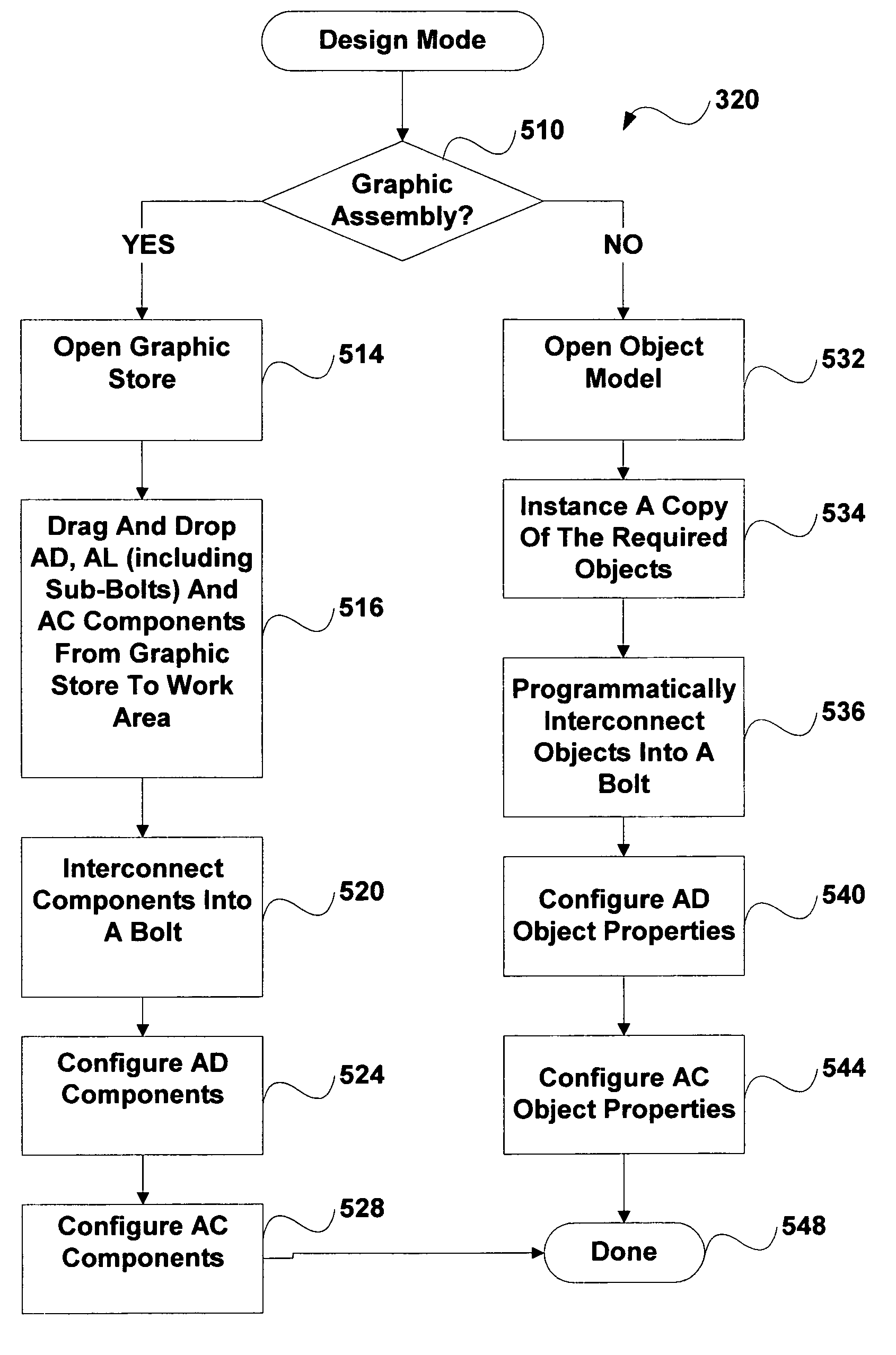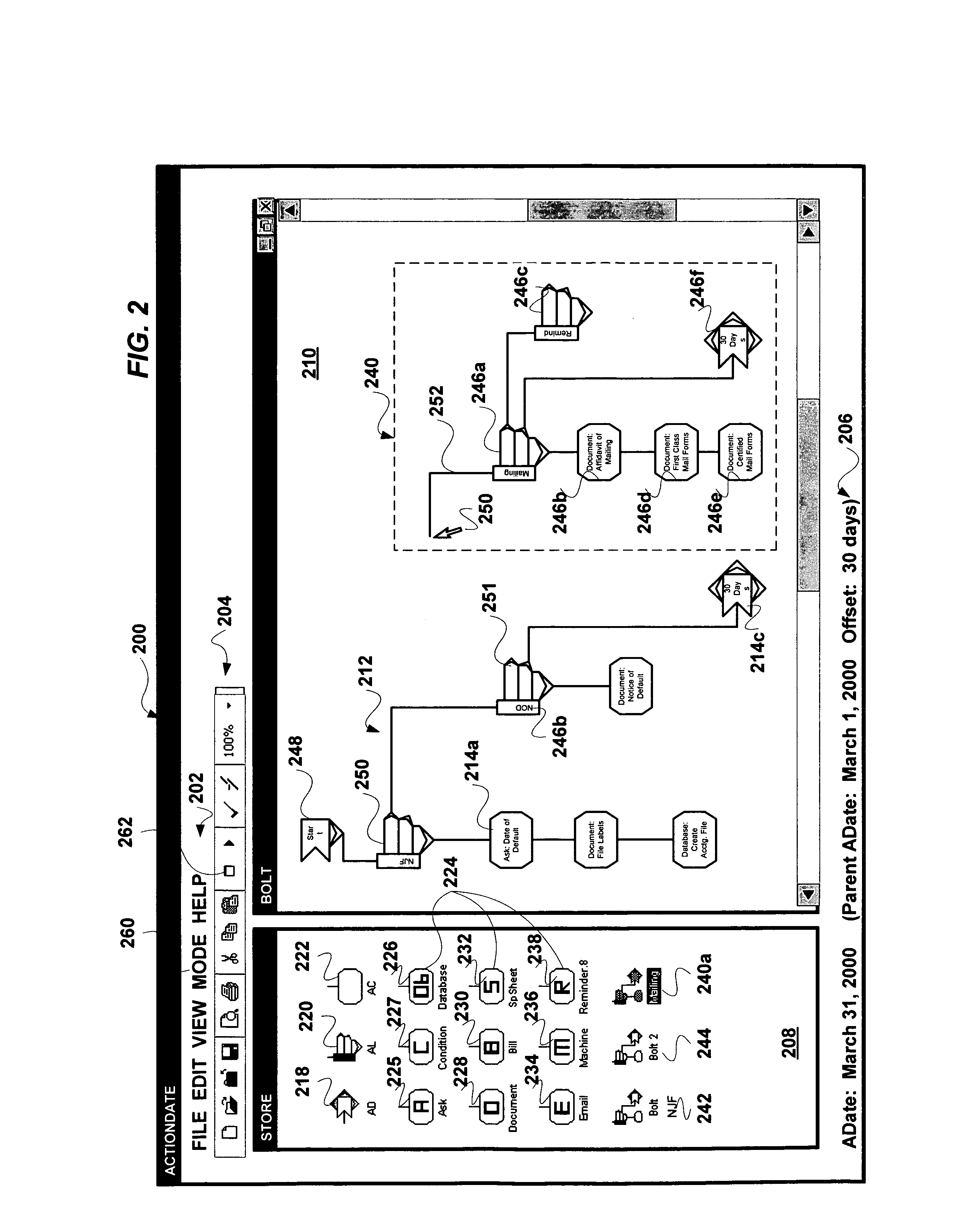Automating time sequenced tasks
a task and automatic technology, applied in the field of computer software, can solve the problems of loss of efficiency, add to the complexity of using applications, and often not realize the full potential of computer programs,
- Summary
- Abstract
- Description
- Claims
- Application Information
AI Technical Summary
Benefits of technology
Problems solved by technology
Method used
Image
Examples
Embodiment Construction
[0074]Exemplary Computer System and Network
[0075]The block diagram shown in FIG. 1 illustrates an exemplary computer system suitable for practicing the present invention. A computer 100 comprises a central processing unit (CPU) 102, a system memory 104 and input / output (I / O) ports 106. The system memory includes non-volatile memory (ROM) 108 and volatile memory (RAM) 110. The system memory 104 contains a basic input / output system (BIOS) 112 for administering the basic input and output between components of the computer, an operating system 114 for providing the basic software services provided by the computer and application programs 116 that provide the functionality for performing specific tasks with the computer. Data may be stored and manipulated in the system memory 104 by any of the BIOS 112, operating system 114 and application programs 116.
[0076]The computer 100 has a display 120 for output of information and input devices such as a keyboard 122 or a pointer device such as a...
PUM
 Login to View More
Login to View More Abstract
Description
Claims
Application Information
 Login to View More
Login to View More - R&D
- Intellectual Property
- Life Sciences
- Materials
- Tech Scout
- Unparalleled Data Quality
- Higher Quality Content
- 60% Fewer Hallucinations
Browse by: Latest US Patents, China's latest patents, Technical Efficacy Thesaurus, Application Domain, Technology Topic, Popular Technical Reports.
© 2025 PatSnap. All rights reserved.Legal|Privacy policy|Modern Slavery Act Transparency Statement|Sitemap|About US| Contact US: help@patsnap.com



